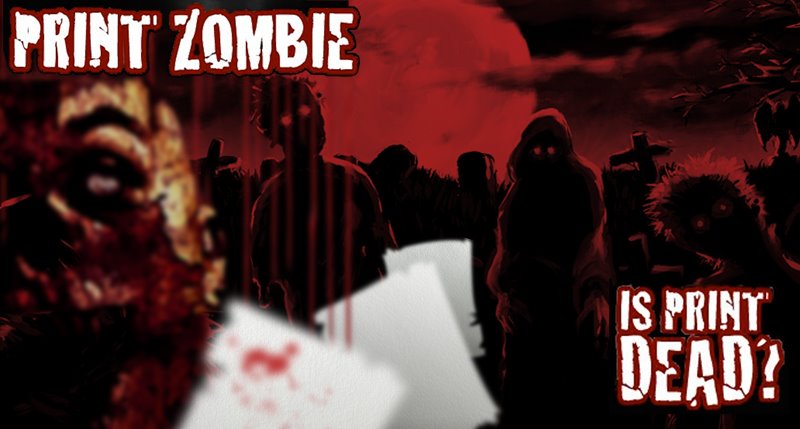It is typical for there to be quite a range of prices on any given print job. There are a lot of legitimate reasons for this variation in prices. Some of these reasons are technical and predictable, others are not.
This wide variation in prices is why many print buyers get two to four competitive bids on every job they handle. Competitive bidding among qualified printers is a best practice for buying print and widely used throughout the industry. You should not feel shy about asking a couple of suppliers to quote prices for jobs you are working on.
I noted that bidding among "Qualified" suppliers is typical. Pre-qualifying your suppliers is very important. Price is only part of the decision making process, service and quality are also important. Only suppliers that you believe can meet your quality and service expectations should be invited to quote on a job. That avoids wasting your time and the suppliers’ time too.
The reasons that Printing prices vary are many, but here's my top 10 list:
10 - Equipment configurations (press and bindery equipment dimensions)
9 - Hourly rate structures (how different processes are priced)
8 - Paper cost, brand, markup, etc. (n.b. specify paper brand clearly otherwise you get apples and oranges)
7 - Estimating competence/creativity
6 - Sales Rep Skill
5 - Quality considerations in estimating (e.g. adding ghosting blocks)
4 - Printer’s experience with client (press checks, quality expectations, changes, artwork quality, volume, work flow)
3 - Your quality/service/schedule expectations
2 - THE BIG ONE, Printer’s workload: Short-term only 40-60% of cost is variable, the rest is fixed. So there is great pricing latitude.
BUT the #1 most important factor, which by the way you have control of, is:
1 - Consistent, accurate, comprehensive specifications

.jpg)

